You can feel it in the air. The fall season is upon us and soon temperatures will be dropping. One of the great things about the colder seasons in Big Bear is enjoying a roaring fire in your cabin or home. Here are a few tips for keeping your wood burning fireplace safe and working properly through the fall and winter months.
The best thing you can do to maintain your wood burning fireplace is have it regularly checked and cleaned by a professional. A fireplace should be inspected at least once a year to avoid problems that could lead to a chimney fire and prevent toxic fumes or smoke spewing out into your Big Bear property. More frequent visits from the chimney sweep may be necessary if you use your fireplace regularly or otherwise burn a lot of wood during the season.
The best way to prevent a chimney fire is to avoid creating a lot of creosote. Creosote is the flammable, tar-like substance that sticks to the inside of your chimney. A hot spark can catch this creosote on fire.
Creosote is the result of wood that doesn’t burn hot enough. Ideally, the wood will burn at such a high temperature that the components of creosote will go straight up the chimney as a gas rather than condensing on the inner walls as a sticky solid. If you burn new, green wood, there may be too much water content in the wood to get a hot fire going. Only burn seasoned wood. Also, don’t close the glass doors to the fireplace too quickly. Let the fire get good and roaring by ensuring it has plenty of air.
You can inspect your chimney by shining a flashlight up from the bottom or down from the top. If you see shiny, tar-like deposits, that’s creosote. The duller black deposits are soot, which is also flammable. If the soot gets more than 1/8 inch deep, it’s time to call the chimney sweep. Check the outside of the chimney as well, paying particular attention to the mortar to make sure there are no cracks. Don’t forget to use your flashlight to check the inside as well as the outside of the fireplace.
You should also have a chimney cap. This prevents birds from building nests in it during summer months or leaves from collecting in it during the fall. And rain can go down your chimney any time which is also a problem, creating rust and seeping into the brick, causing cracks. Cut back any tree limbs within 10 to 15 from your chimney opening.
And finally, check the venting and damper system to make sure everything fits tightly. If anything is loose, you should have a professional repair it. If the damper is not working properly, warm air in your house will escape right up the chimney and can be a big drain on your heating bill.
More About Maintaining Your Fireplace;
- Fireplace Maintainence and Tips | DoItYourself.com – When you cozy up next to a crackling fire on a cold winter day, you probably don’t realize that your fireplace is one of the most inefficient heat sources you can possibly use.
- Make Your Fireplace More Energy Efficient | DoItYourself.com – How to Install a Fireplace Damper · How to Install a Fireplace Damper Handle · Wood Burning Fireplace Inserts for Energy Efficiency · Fireplace Maintainence and Tips · Looking to save money on heating – consider a fireplace insert …
- Fireplace Maintenance | Wood Burning Stove Care – Is your wood burning appliance ready for winter? It’s best to call a professional to care for your wood burning stove and provide fireplace maintenance but are a few …

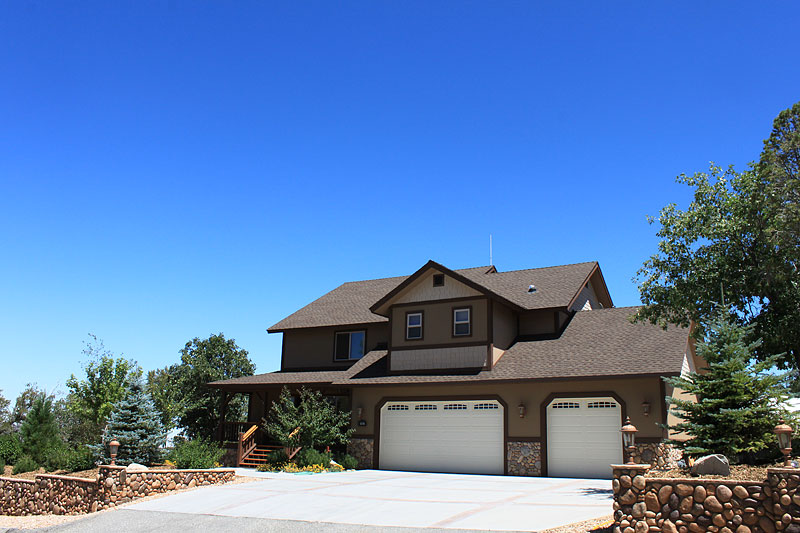
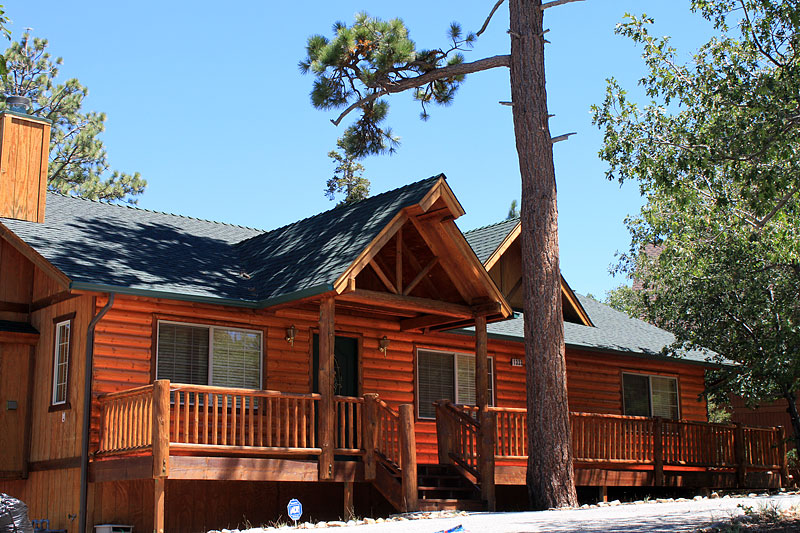

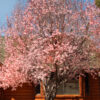
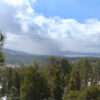
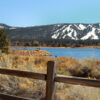


Speak Your Mind